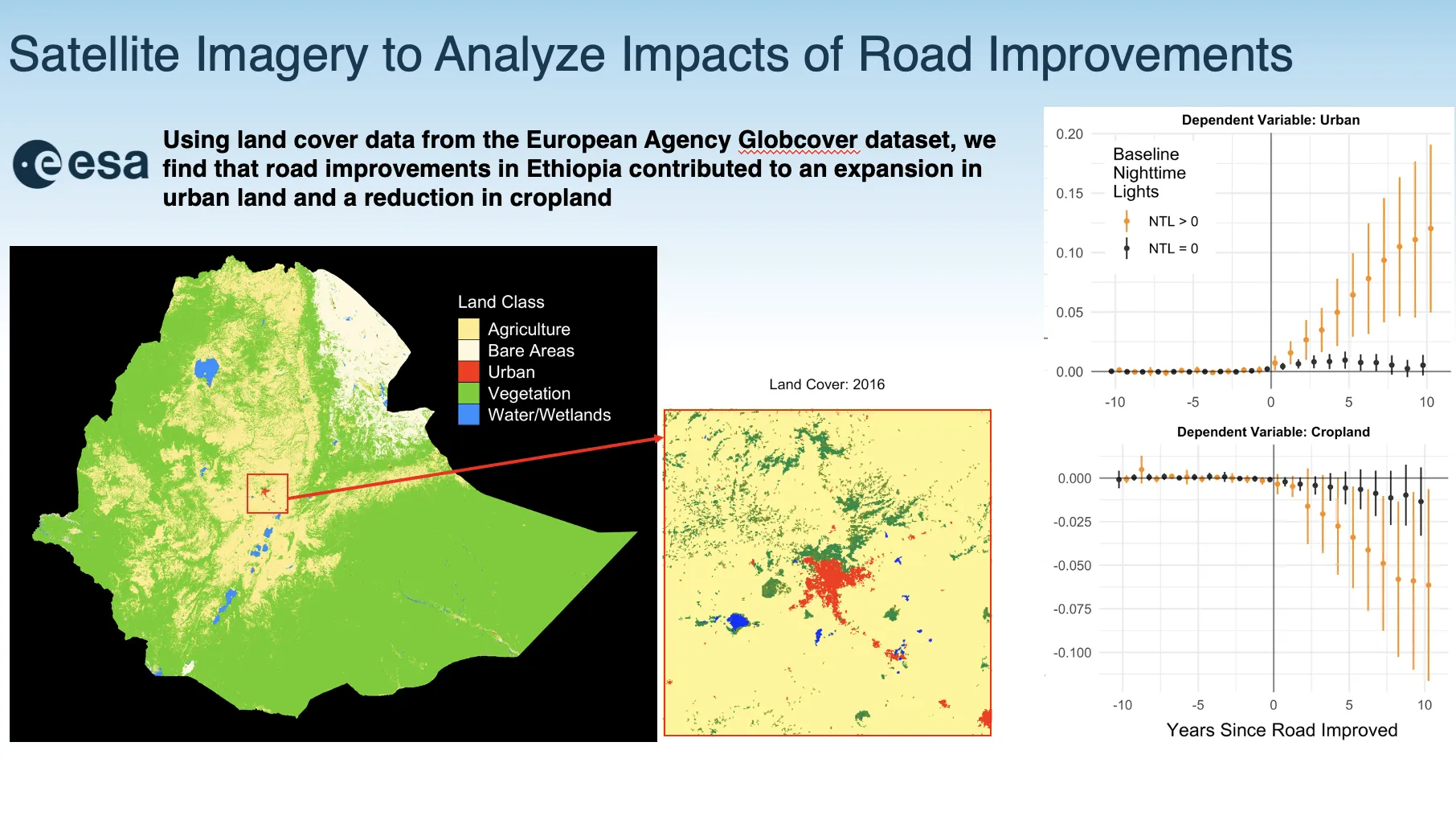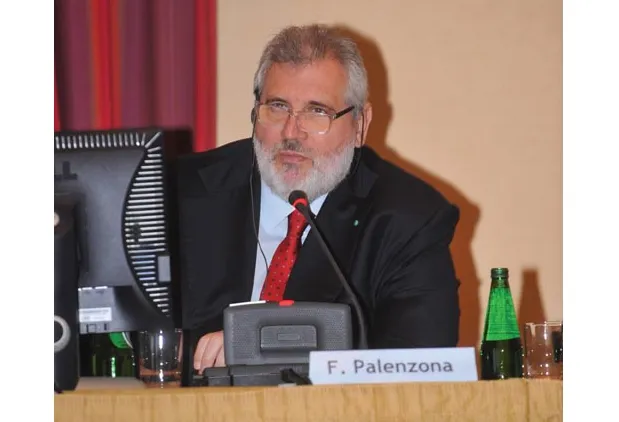Under the EU-funded LABEL project there will be an analysis of secure trucking stops. The European Union Road Federation (ERF) - International Road Federation (IRF), Brussels Programme Centre, looks at what it can achieve
Whenever we have to travel long distances by car we are faced with the prospect of having to stop in order to refuel our vehicle and to rest a bit. As a consequence motorways can boast the presence of a high number of service stations, usually spread out at 20 to 30km intervals, ready to
February 24, 2012
Read time: 4 mins

Under the EU-funded LABEL project there will be an analysis of secure trucking stops. The
However, not all service stations are the same. Some, in fact, offer all but the most basic facilities (petrol and little more), while others bear more resemblance to a town's shopping mall and feature such amenities as showers, playgrounds for children.
While casual motorists might be indifferent to what a specific service station can offer, this becomes considerably different for professional drivers, who often need specific facilities when they have to take their scheduled stops. Heavy goods vehicle (HGV) operators, in fact, need appropriate resting places after a long shift at the wheel, but, even more importantly, they need areas which offer high security levels to prevent instances of theft and damage.
At the present time, however, they have no way of determining beforehand whether a specific service area will feature secure parking for HGVs and what additional amenities it will offer. This is why the
The project, which is unsurprisingly called LABEL, will analyse parking areas according to five main criteria: Comfort and dignity; safety; security; services; food and shopping.
These will be evaluated by means of internal testing, certification, and unannounced surprise testing and user feedback, thus ensuring the process to be as fair and precise as possible.
LABEL represents a groundbreaking innovative idea which enables operators to pre-determine the location of their compulsory stops. This will mean smoother traffic flows as drivers no longer have to compete for parking area places, but will be able to ascertain beforehand whether there is a place in a specific one.
The LABEL consortium, which is headed by the Dutch organisation NEA, and sees the participation of numerous other organisations, will propose a design for a label which will be placed on motorways belonging to the TERN and which will be used by HGV drivers as a visual guide, explaining to them how the forthcoming parking area fares with respect to the five criteria outlined above.
Before this roll-out phase, however, the LABEL consortium will define more specifically the five criteria, setting out how to add points to the evaluation of a specific parking area and how to subtract them.
The labelling of the secure truck parking areas will be an essential step towards guaranteeing the security of road based transport. It is with ever increasing frequency that heavy goods vehicles are robbed whilst transporting valuable shipments across Europe. Furthermore, the current political situation means that special attention needs to be paid to the potential terrorist threat posed to the transportation of dangerous materials. These transports need secure areas where they can stop during their journey, with LABEL offering a clear scheme allowing shippers to plan ahead their stops along the route based on their security needs.
They will be able to do this through an interactive web tool designed and managed by the LABEL consortium. Here each driver will be able to visualise the truck parking areas for a specific route or the ones closest to any particular motorway exit, along with their respective score according to the LABEL scale. Hence, users will be able to better plan their travel across the continent, checking where to stop along the way and being able to discover whether any particular parking area is secure or whether it is provided with facilities such as showers.
The LABEL project started in September 2008 and is expected to deliver its final findings in September 2010.
The ERF-IRF BPC is also involved in a similar EU co-funded project, MENTORE (iMplemENtation of GNSS tracking & tracing Technologies fOR Eu regulated domains), which is a two-year project promoted by the European GNSS Supervisory Authority (GSA) through funds from the 6th Framework Programme (www.gnsstracking.eu) and involves tracking and tracing of, among other things, nuclear and fissile material.







